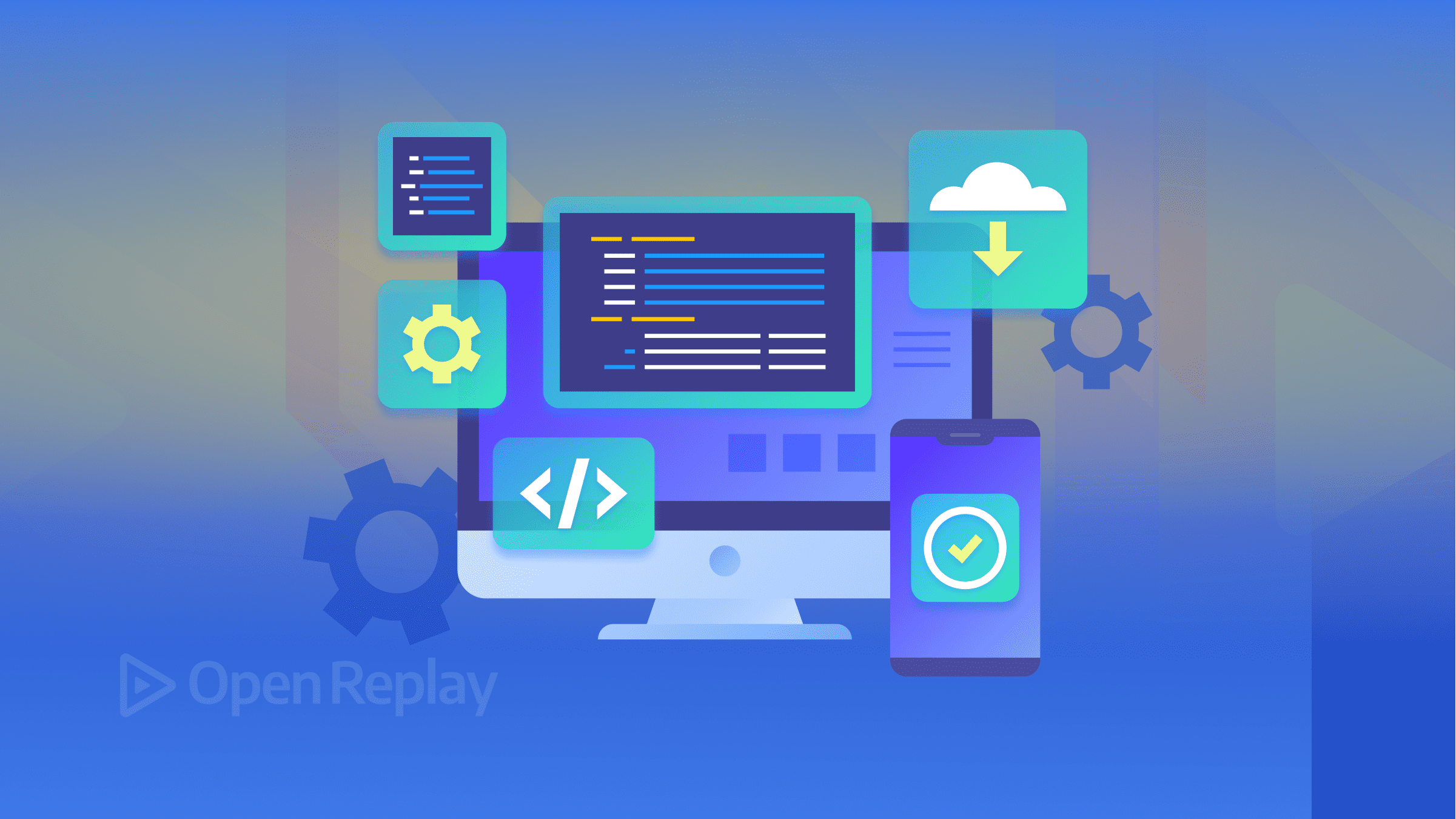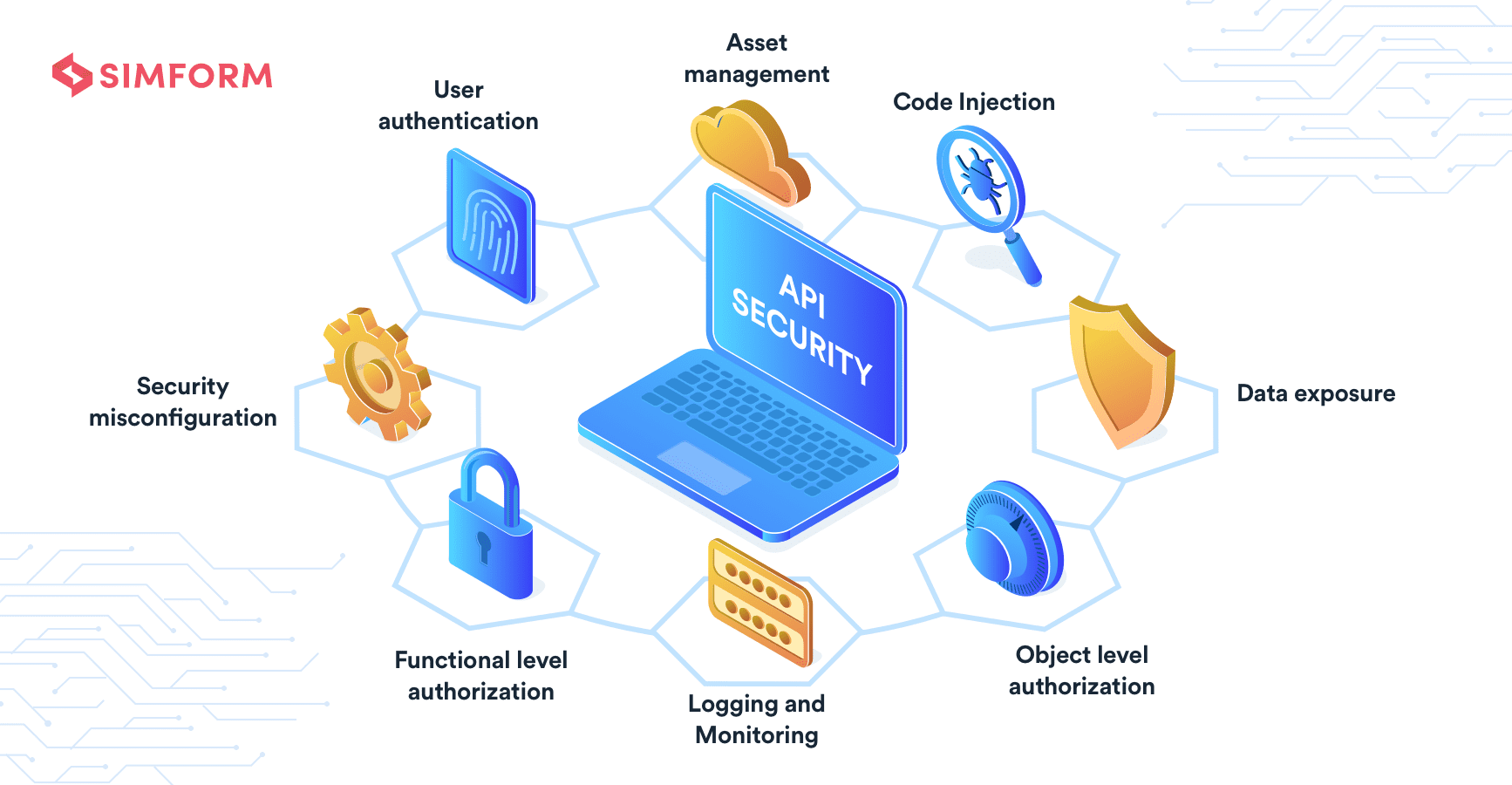Leveraging APIs for Web Development: Best Practices

APIs (Application Programming Interfaces) play a crucial role in modern web development, providing developers with valuable resources and capabilities to enhance the functionality and user experience of their applications. By integrating external APIs into their code, developers can access a wide range of services, data, and functionalities, fostering innovation and efficiency. To harness the full potential of APIs effectively, it is essential to follow a set of best practices:

1. Identify the Right APIs:
The first step is to carefully evaluate the available APIs and select those that align with the specific requirements of your application. Consider factors such as the scope of the API, documentation quality, support resources, and licensing terms.
2. Understand the API’s Documentation:
Thoroughly read and understand the API’s documentation to gain a clear understanding of its functionalities, request formats, response structures, and any limitations or restrictions. This knowledge will guide your integration and ensure proper implementation.
3. Utilize Version Control:
APIs undergo updates and revisions over time. To maintain compatibility and minimize the impact of changes, always use the latest API version and implement version control practices. This will facilitate smooth integration and avoid potential compatibility issues.
4. Handle Errors Gracefully:
APIs can occasionally return errors or encounter unexpected situations. Implement robust error handling mechanisms to catch and manage these conditions gracefully. Provide clear and meaningful error messages to inform users and facilitate troubleshooting.
5. Secure API Integration:
Ensure the secure integration of APIs by implementing industry-standard security measures. Use HTTPS connections, implement authentication and authorization mechanisms, and validate user input to prevent unauthorized access or malicious attacks.
6. Optimize API Performance:
Monitor and optimize the performance of your API integrations. Identify bottlenecks and optimize request and response times using techniques like caching, data compression, and asynchronous loading. This will improve the overall user experience and responsiveness of your application.
7. Maintain and Update Regularly:
APIs evolve regularly, introducing new features or fixing bugs. To keep your integrations up-to-date and functioning optimally, regularly monitor for API updates and implement them as necessary.
Conclusion:
By following these best practices, developers can effectively leverage APIs in their web development projects. This approach ensures the seamless integration of external services, leading to enhanced functionality, improved user experience, and streamlined development processes.Leveraging APIs for Web Development: Best Practices
Executive Summary

APIs (Application Programming Interfaces) are essential tools for modern web development, providing access to data and functionality from external sources. By integrating APIs into their applications, developers can enhance their functionality, improve user experience, and streamline development processes. This article explores the best practices for leveraging APIs effectively in web development, covering key aspects such as API discovery, integration strategies, performance considerations, and security measures.
Introduction
In today’s interconnected digital landscape, APIs empower developers with the ability to tap into a vast ecosystem of third-party services and resources. By embracing API integration, developers can unlock new possibilities, reduce development time, and create more robust and engaging web applications. However, to harness the full potential of APIs, it is crucial to adhere to best practices that ensure efficient, reliable, and secure integration.
API Discovery
Before integrating an API into a web application, it is essential to conduct thorough API discovery. This involves identifying and exploring available APIs that meet specific functional requirements. Developers should consider the following aspects during API discovery:
- API Endpoint and Documentation: Review the API endpoint structure and documentation to understand its functionality, data format, and supported operations.
- API Provider Reputation: Assess the reliability, reputation, and track record of the API provider to ensure stability and maintenance support.
- Authentication and Access Control: Determine the authentication and access control mechanisms required by the API and ensure compatibility with the web application’s security model.
Integration Strategies
When integrating APIs into a web application, developers should choose the integration approach that best suits their requirements. Common integration strategies include:
- HTTP Request/Response: Using HTTP requests and responses to communicate with the API, extracting data, and performing operations.
- Client Library: Utilizing a client library provided by the API provider for ease of integration, simplified syntax, and standardized data handling.
- RESTful Architecture: Implementing the Representational State Transfer (REST) architectural style, which is a widely accepted set of guidelines for building scalable and maintainable APIs.
Performance Considerations
Performance is a critical factor in web development, and API integration can have a significant impact on the responsiveness and speed of an application. Developers should optimize API integrations by following these best practices:
- Caching Mechanisms: Implementing caching mechanisms to reduce the number of API calls and minimize server load.
- Batch Processing: Consolidating multiple API calls into a single request to improve performance and reduce overhead.
- Resource Throttling: Limiting the number of concurrent API calls to prevent overloading the server and ensure consistent response times.
Security Measures
Securing API integrations is essential to safeguard user data, protect against malicious attacks, and maintain the integrity of the web application. Developers should implement robust security measures such as:
- Authentication and Authorization: Enforcing strong authentication and authorization mechanisms to control access to the API and prevent unauthorized use.
- Input Validation: Validating user input to prevent malicious data from being passed to the API and causing vulnerabilities.
- Data Encryption: Encrypting sensitive data both during transmission and storage to ensure confidentiality and prevent data breaches.
Conclusion
Leveraging APIs in web development requires careful planning, meticulous execution, and adherence to best practices. By following the guidelines outlined in this article, developers can harness the power of APIs to enhance the functionality, performance, and security of their web applications. Embracing these best practices ensures seamless API integration, enabling developers to stay competitive in the rapidly evolving digital landscape and create applications that deliver exceptional user experiences.
Keyword Tags
- API integration
- API discovery
- Web development
- Performance optimization
- Data security

This posts contains very valuable information about how to use APIs for web development. I found it very helpful and I’m sure it will be useful for other developers as well. Thanks for sharing!
I’m not sure I agree with all of the points in this post. I think there are some better practices that could be used. For example, I don’t think it’s a good idea to use a single API for all of your data needs. I think it’s better to use a variety of APIs that are specialized for different tasks.
This article provides a comprehensive overview of the best practices for leveraging APIs for web development. It covers a wide range of topics, from choosing the right API to managing API keys and secrets. I found it to be a valuable resource and I’m sure it will be helpful for other developers as well.
I disagree with the author’s assertion that REST is the only way to design an API. I think there are other approaches that can be just as effective, if not more so. For example, I’ve had great success using GraphQL to design APIs.
This post is so full of buzzwords that it’s hard to take it seriously. I mean, what does it even mean to ‘leverage’ an API? And what are ‘best practices’ anyway? I think the author is just trying to sound smart and impress people.
Oh, wow, another article about API best practices. How original. I’m sure this one is going to be just as groundbreaking as all the others.
I’m not a developer, but I found this article to be very entertaining. I especially liked the part where the author talked about how to avoid ‘API death.’ I mean, who knew that APIs could die? I thought they were immortal.
This is a great article! I’m so glad I found it. I’ve been working on a web development project and I’ve been struggling to find the right API. This article has given me a lot of great information to help me make a decision.
This article is a waste of time. It’s full of useless information that I could have found anywhere. I’m really disappointed that I wasted my time reading it.
I’m a software engineer with over 10 years of experience and I found this article to be very informative. It covers a lot of important topics that are often overlooked by other articles on API best practices.
I’m really passionate about API development and I’m always looking for new ways to improve my skills. This article has given me some great ideas that I can’t wait to try out in my next project.
I think this article is too simplistic. It doesn’t go into enough detail about some of the more complex topics. I would have liked to see more examples and code snippets.
I found this article to be very helpful. It’s well-written and easy to understand. I would recommend it to anyone who is interested in learning more about API best practices.
I found this article to be quite amusing. The author has a very unique way of writing. I especially liked the part where he talked about the importance of ‘API etiquette.’